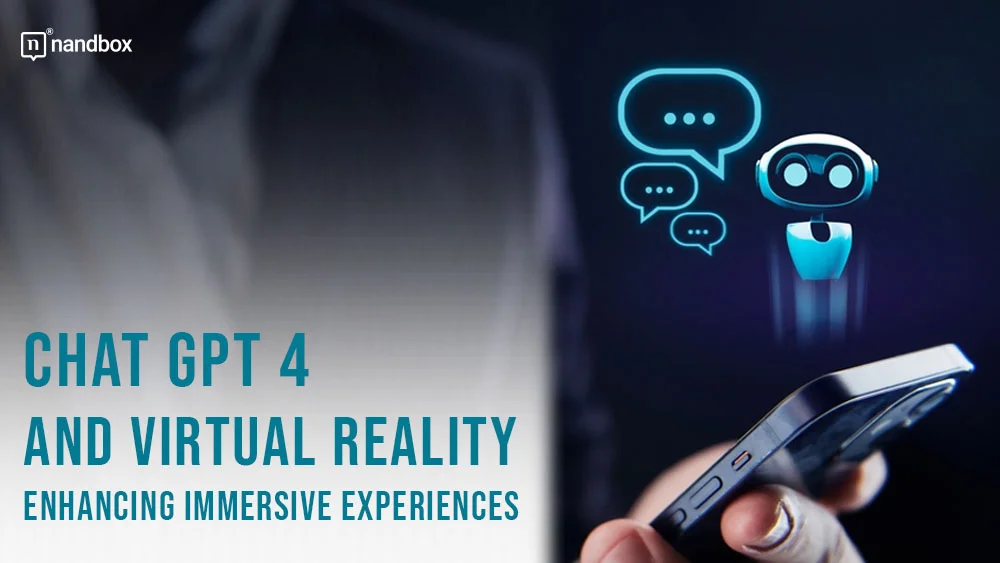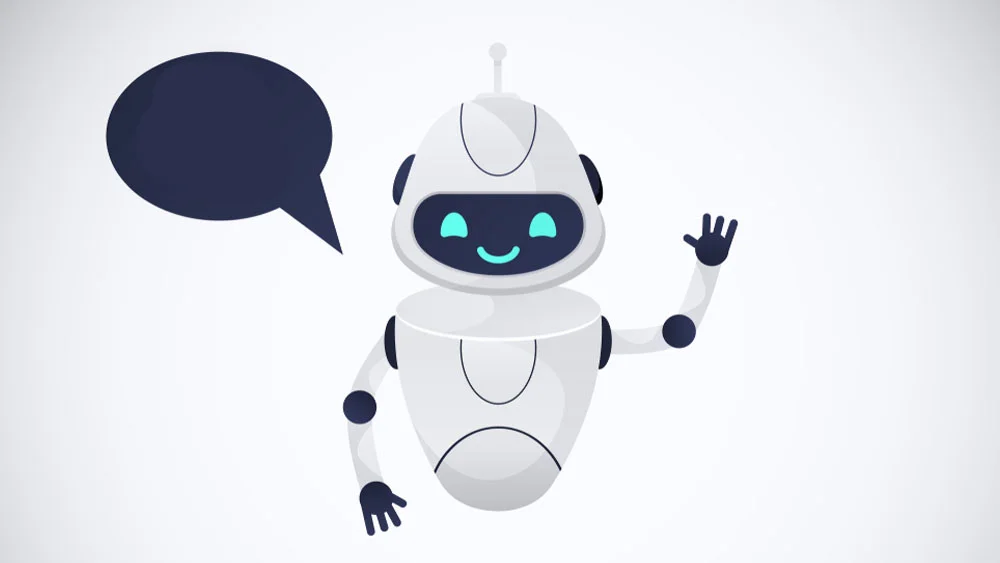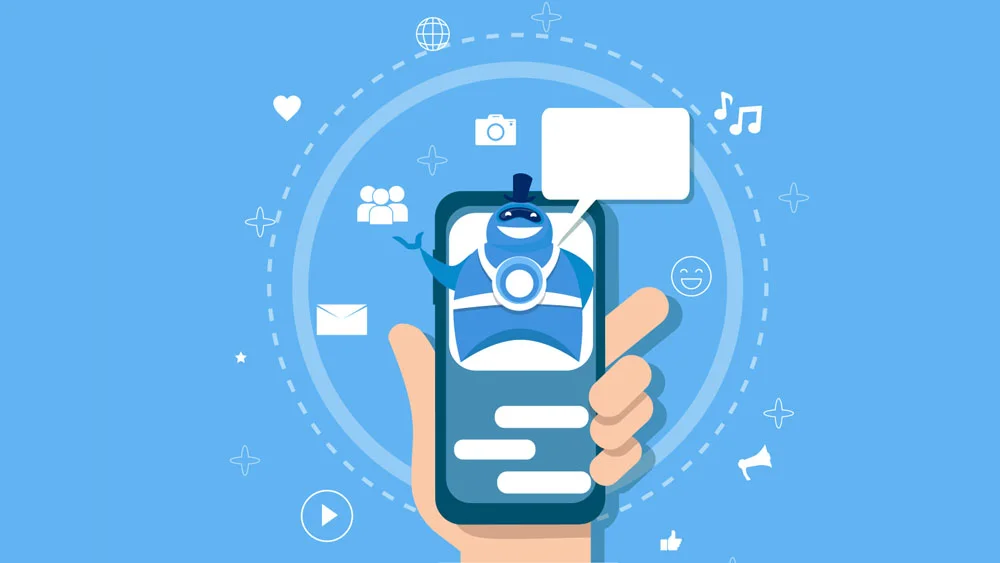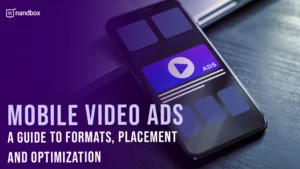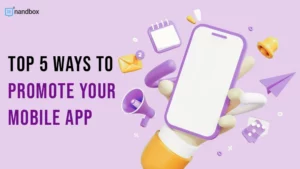Merging ChatGPT-4 with Virtual Reality for Next-Level Immersion
AI and virtual reality are some of the new technologies that will shape the near future, the most famous being OpenAI’s Chat GPT 4 and Meta’s Metaverse. What if the two worlds collided? Will they create something powerful and life-changing? Let’s discuss the marriage of Chat GPT 4 and virtual reality in this article.
Chat GPT 4: How It Works
GPT-4 employs a neural network that has been trained using large datasets. The model’s ability to comprehend and generate natural language results from its prior training on a massive text corpus. After the model has been trained, it can be optimized for use in a particular setting, such as the translation, answering, or summarization of a particular language or set of questions.
How is It Different from ChatGPT 3.5?
Even though GPT-3.5 made a huge impact, some people weren’t impressed by it because of its limitations. Responses had a significant error rate and social and racial bias. This is because the chatbot ingested information without verifying its accuracy. After all, it’s not a human being that can determine what is and isn’t considered politically correct. Furthermore, 3.5 was restrictive in terms of freedom of expression and innovation.
Now GPT-4 from Open AI is here, and GPT-3 has left the conversation figuratively. The new chatbot is much more accurate, creative, and intelligent but may still be affected by biases and hallucinations (incorrect answers).
Virtual Reality: How It Works
Virtual reality is an end-to-end computer mechanism that uses programming to mimic our natural surroundings. In virtual reality, human-like virtual representations use smartphones or VR headsets to react to virtual objects and perform tasks.
Cloud computing, AI, and multisensory human stimuli all help make these interactions happen.
Virtual reality creates a low-latent ecosystem for users with a quick refresh rate. Users equate it with being teleported to an imaginary world, which attests to its success.
Our perception of the environment and understanding of scenes are the basic principles that virtual reality relies on. Virtual reality (VR) headsets have artificial intelligence (AI)-backed software that records our responses to natural stimuli. In a spatially mapped environment, the data is then used to design and create digital representations of the stimuli, also known as virtual objects. Virtual reality (VR) developers painstakingly replicate physical objects down to their most minor details to fool the human eye.
Applications of AI merged with Virtual Reality
Now that we’ve explained Open AI’s Chat GPT 4 and virtual reality. So, Let’s explore how AI can influence the latter.
How AI Can Complement Virtual Reality (VR) and Augmented Reality (AR)
Augmented reality is similar to virtual reality, but what sets them apart is that AR uses real-life settings where users can control their real surroundings, unlike VR, which all happens inside a virtual world. AI can enhance both types of digital realities relating to those aspects:
- Computer vision: A technology that allows computers to translate images into usable data, the computer vision field of AI. Again, the new GPT 4 model can do that, unlike its predecessors. If enabled by AI, the technology can allow AR and VR to respond to the user’s environment in real time.
- Object recognition: In AR, attaching a digital 3D object to a physical 3D object is the basis of object recognition. Developers can employ AI to track and detect objects in real time, which allows AR and VR experiences to adapt to the user’s actions and movements. This is possible thanks to GPT 4’s ability to analyze images.
- Usage analytics: Businesses can improve AR/VR services and increase customer satisfaction by analyzing usage data and user feedback.
- Natural language processing (NLP): Natural language process is the branch of linguistics concerned with programming computers to understand human language. It is the basis of AI. With NLP, VR environments could enable voice commands, making it more natural for users to navigate and engage with virtual environments.
- Personalized experiences: Thanks to AI’s ability to track user actions and preferences, businesses can provide services uniquely suited to each customer.
- Predictive analytics: Using old data, statistical modeling, data mining techniques, and machine learning, predictive analytics, a branch of advanced analytics, predicts future outcomes. Companies use it to foretell risks and detect opportunities. When AI predicts future behavior, it can create more proactive, personalized user experiences.
Examples of Open AI’s GPT 4 Merged with VR and AR
#1: Virtual Assistants (VA):
Virtual assistants have many applications, and combining AI, Chat GPT 4, AR, and VR, they can do wonders. For example, tourists can use them as tour guides and use their help when lost. In a museum, they can provide information about the artifacts and monuments. As shopping virtual assistants, they can help them find and select the items they’re looking for.
#2: AI-Powered NPCs
An NPC is a non-playable character. In a VR environment in a video game, with the help of AI, NPCs can respond naturally to players without repeating everything like robots. This is what will drive the user experience and makes interactions more interesting. It will take games to a new level, making them more immersive and enjoyable.
#3: Enhancing User Experience
Businesses can better cater their augmented reality (AR) and virtual reality (VR) offerings to customers’ needs by analyzing user behavior and feedback data. Virtual stores can use AI to track customers’ preferences and tailor their experience with relevant product recommendations and special offers.
#4: Interactive Training
AI-powered platforms can help make digital workplace training more interactive. Virtual environments can replicate real-world scenarios to prepare workers for their jobs. AI-powered tools make interactive experiences possible, enabling employees to interact with virtual objects and concepts in real-time.
Combined, GPT 4 and VR can make drastic changes in our world. They’re just one part of how technology advances to make things easier for everyone. Another part that comes to mind is the no-code movement. Now, you can build a mobile app without writing coding or paying a fortune. Try the nandbox native no-code app builder now!

